
Price: £23.79
Developer: Defiant Development
Publisher: Defiant Development
Platform: PC
The first Hand of Fate was a smart little hybrid of card-game, roleplaying game, and third-person action, all sewn neatly together by the presence of the Dealer. Part narrator, part nemesis, the Dealer sat directly opposite the player and was the architect of their game, setting up scenarios, dealing out the cards, and constantly commenting upon the player's actions (usually with a layer of condescending snark thicker than a whale sandwich).
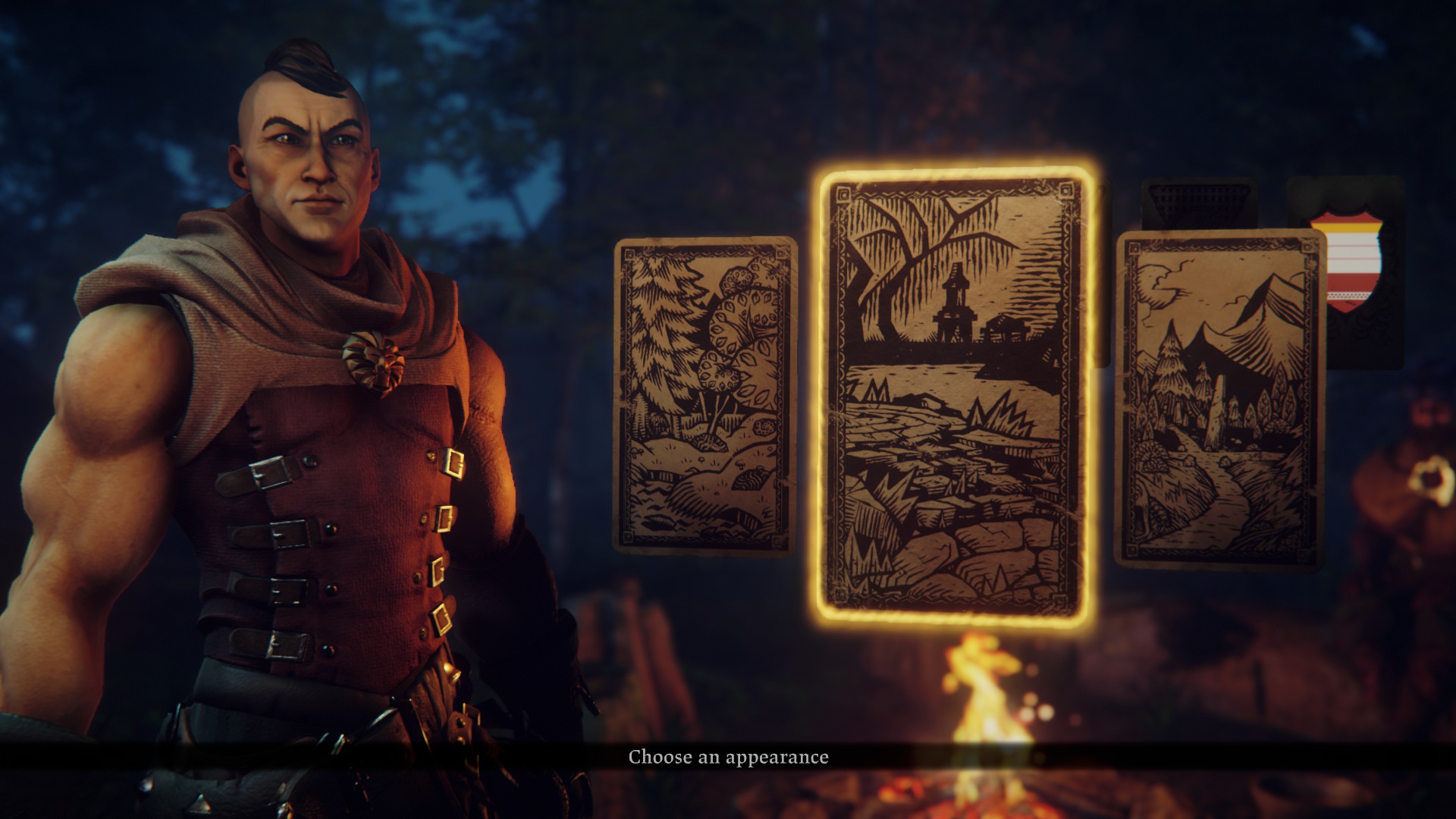
It was a great premise slickly executed. But Hand of Fate had one big problem – the game became achingly repetitive after just a few hours. This is the flaw that Hand of Fate 2 aims to rectify, and it mostly succeeds, albeit at a cost.
The premise is roughly the same as the first game. You play a nameless hero sat at the Dealer's table as the pair of you travel to an unspecified destination inside the back of a wagon. En-route, the Dealer challenges you to brave his “living boardgame”, whose dastardly scenarios come to life before your eyes. It's a bit like Jumanji, only with Robin Williams replaced by Jeremy Irons in his most scintillatingly sinister form.
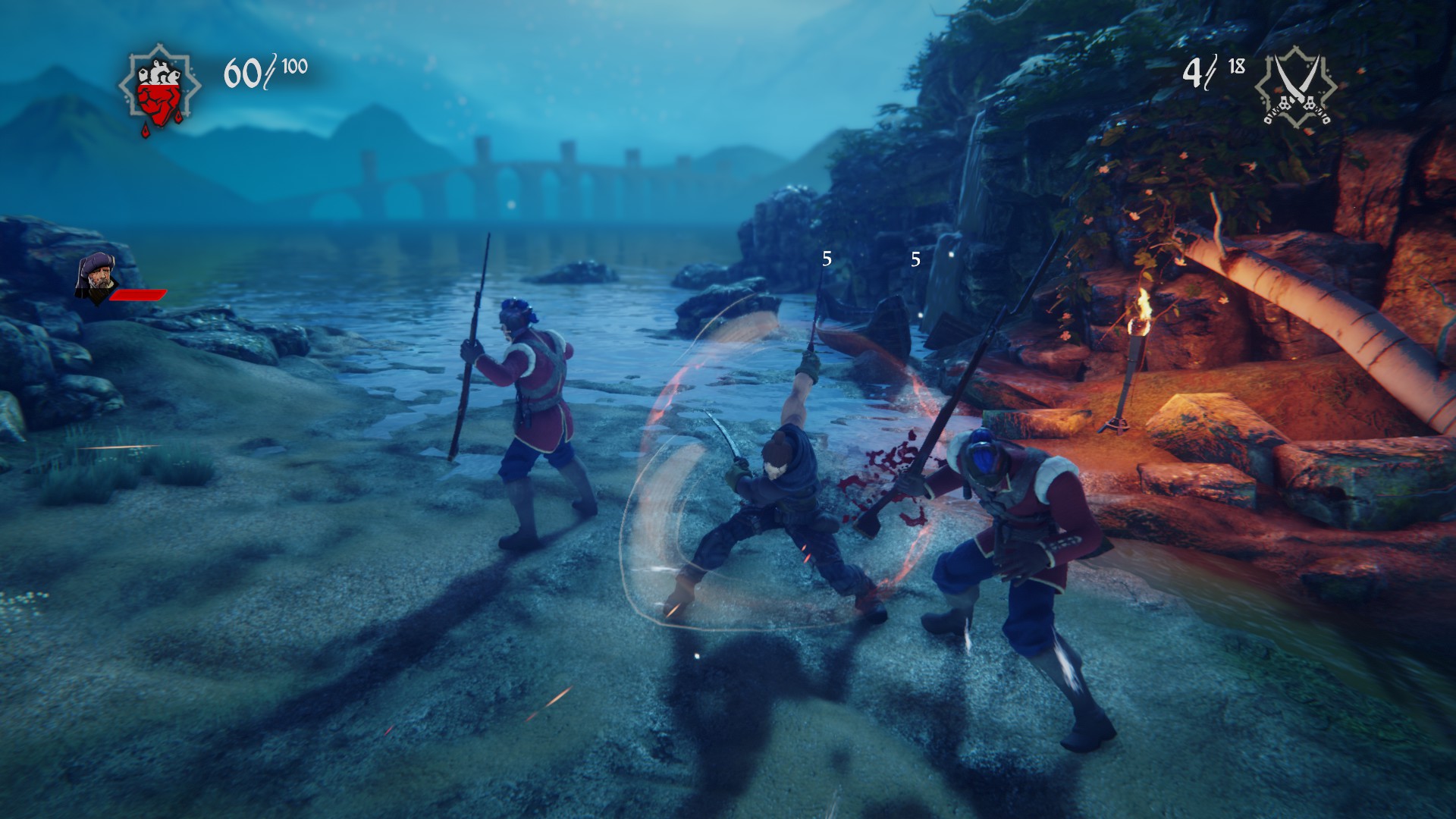
The game itself is divided into twenty-odd individual quests. These quests are formed through a mixture of the Dealer's cards and a selection from your own hand. The Dealer lays these face-down on the table in a random pattern. Each turn, your character moves to an adjacent card and plays out the scenario written upon it. These scenarios range from short text-adventures to Arkham Asylum-style combat encounters to various tests of skill and luck.
Where Hand of Fate 2 differs from the first game is in the structure of these quests. In the first game, while the theme of each quest was different, the structure was largely the same. Here, however, each story comes with its own little mechanical or structural twist. One early quest, for example, sees you ascending a mountain to talk with a Barbarian Shaman at its summit. The Dealer's hand is stacked with 'Avalanche' and 'Blizzard' cards, which eat away at your health as you struggle to find 'Blessings' that will keep your bad luck at bay. A later quest involves investigating an attempted assassination upon the leader of the Thieves Guild, which you perform by accompanying the three suspects on missions, gleaning information from them about who the mastermind is.
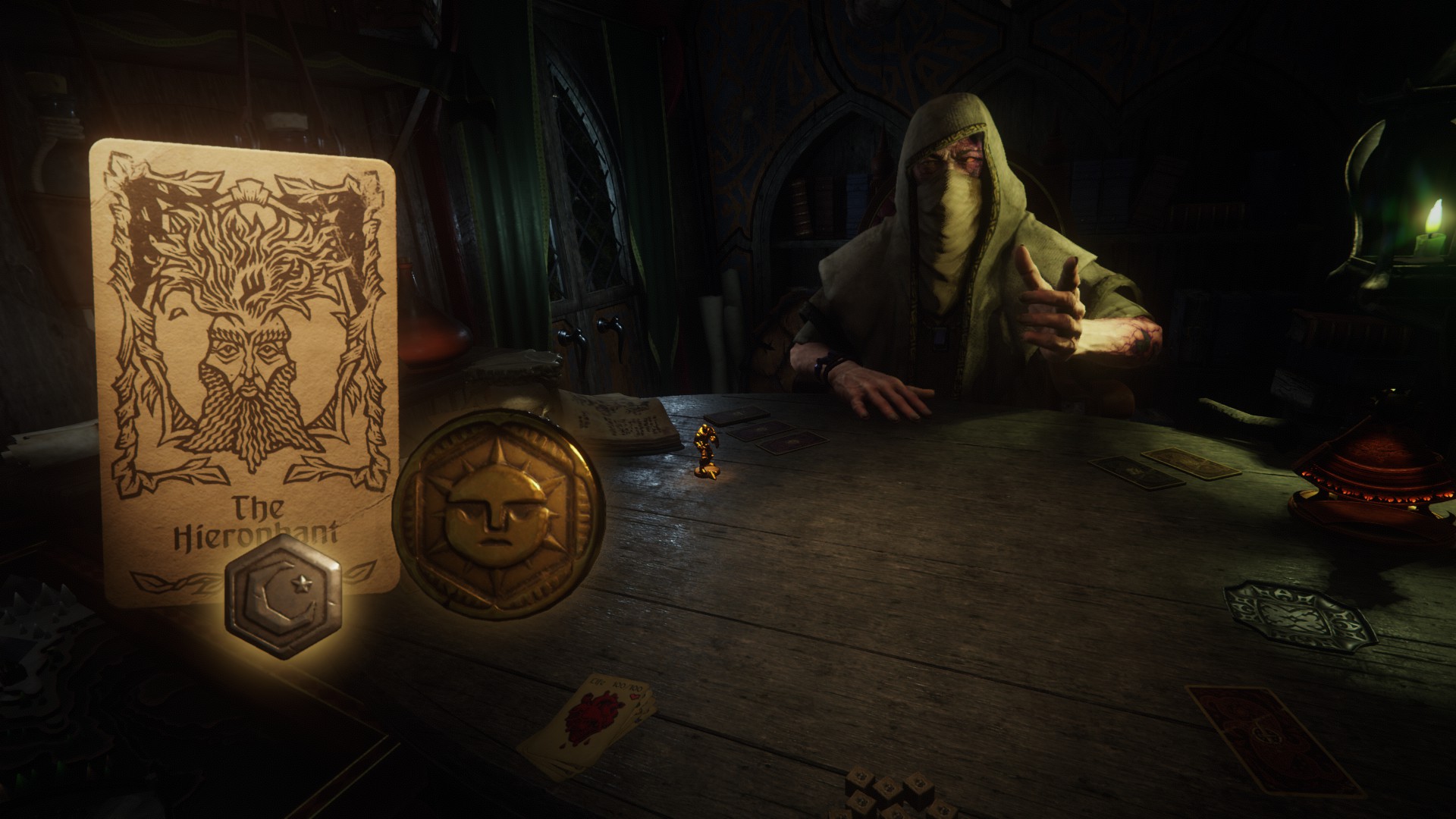
To beat the Dealer's game, you have multiple tools at your disposal, including stats such as health, food, and gold, all of which can be gained and spent as each quest progresses (a basic mechanic of the game involves spending one of these three stats to gain more in another, such as discarding earned food cards to get extra health). You can also carry weapons, armour, and special items such as rings that can have a variety of effects. Finally, as I mentioned, before the start of each quest, you can select between eight and a dozen encounter cards from your own hand to shuffle into the deck. These cards might offer you a small reward if you find them, such as a sackful of gold or a blessing that gives you more food each time you perform a dice-roll. Alternatively, these cards might contain a more specific challenges that offers bigger rewards if you can succeed.
As the game progresses, the quests become more challenging and the number of cards available in your hand increase enormously. This results in an interesting dilemma, as you don't know what a new card does before you use it. So do you risk putting a new card into your hand to find that it results in a difficult and damaging challenge? Or do you rely on tried and tested cards that may not provide large enough rewards for you to complete your mission?
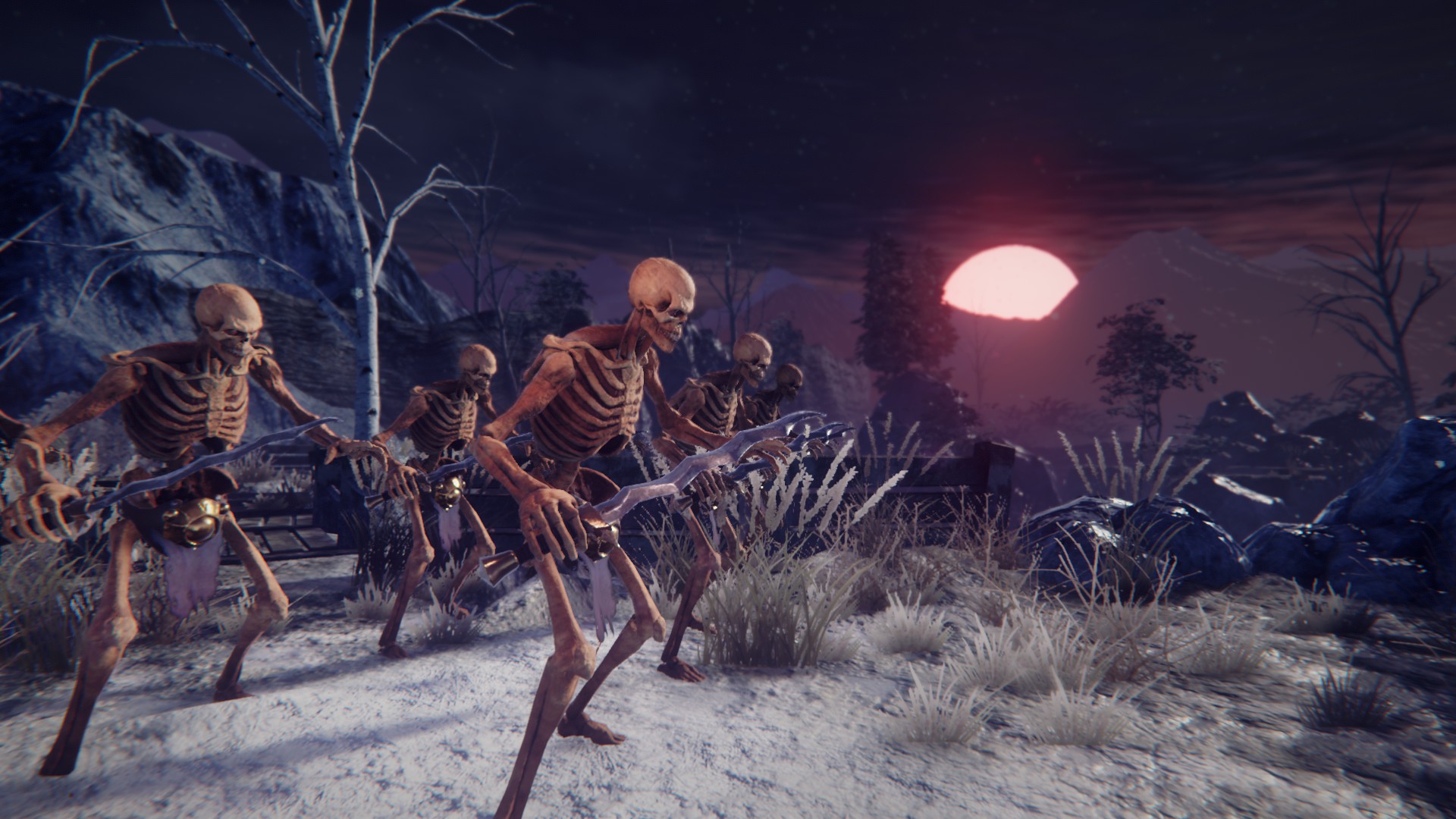
A key point of note is that although Hand of Fate 2 deploys chance to a fair degree, the emphasis is more on player skill. This is mainly demonstrated by the third-person combat, which is how you'll resolve about half of all the encounters you have. Mechanically the combat resembles Arkham Asylum with its blend of melee attacks and timed counters. But in terms of style and tone, it shares closer bloodlines with Lionhead's Fable series. Defiant's fantasy world sports a cartoonish, fairytale aesthetic. Barbarians are hulking towers of muscle clad in impractically small garments of fur, while Thieves fight with their faces covered by cowls, stabbing at you with twin daggers.
It's a decent enough combat system, with a reasonable amount of variety in both weapon and enemy types (almost every weapon you pick up has a unique special move, for example). Yet even though Defiant has obviously worked on it, it still feels a little imprecise. Weapon impacts are quite spongy, and some of the battle animations don't always line up. This, combined with the frequency that combat occurs, meant that after a few hours I'd stopped looking forward to it.
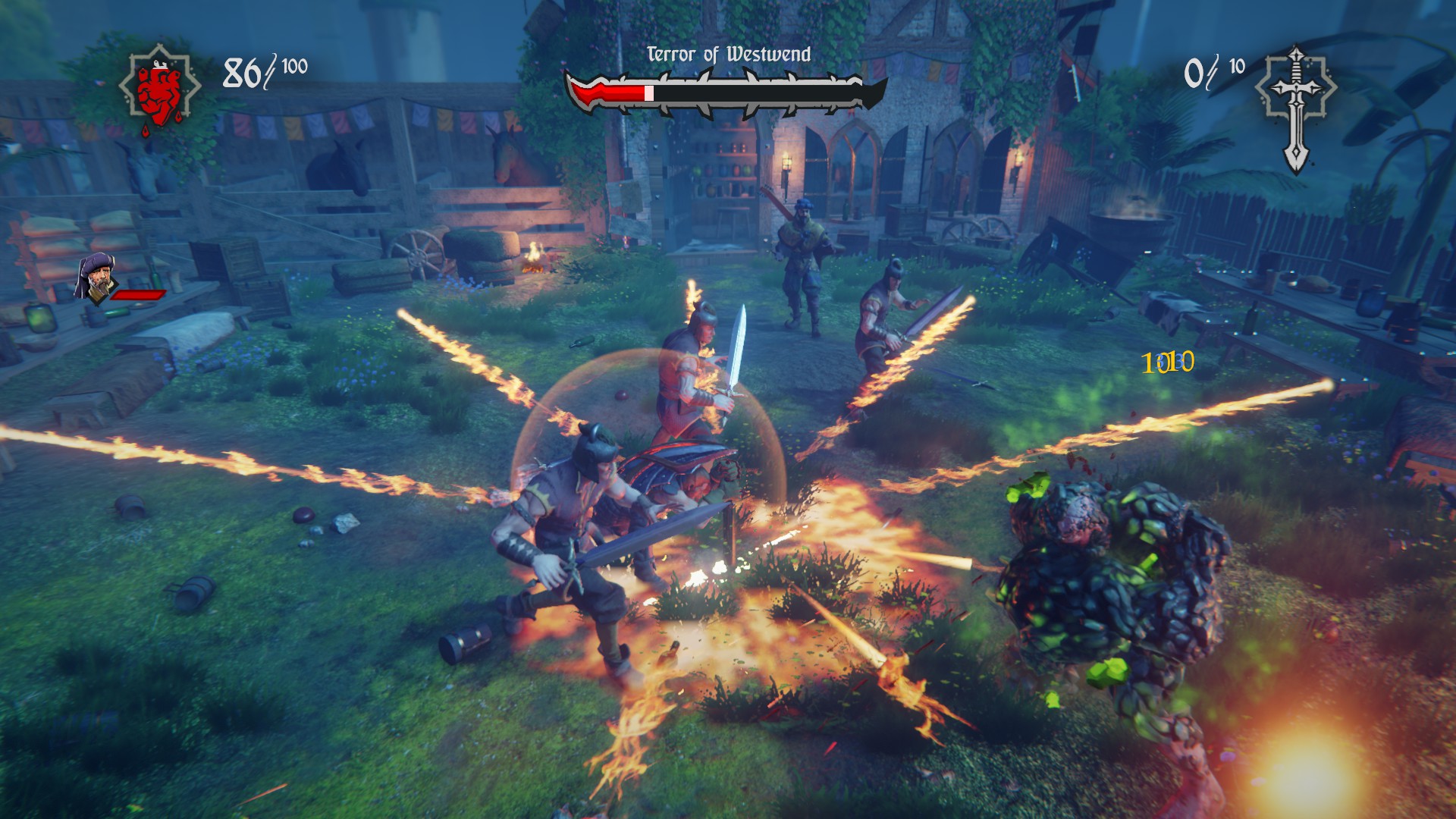
Beyond combat, encounters can also be resolved by choosing the right cards from a selection out of the dealer's hand, rolling dice to match a certain score, or by stopping the Wheel of Fortune-like “card-wheel” at the right moment. All of these demonstrate a nice balance between skill and luck. The cards, for example, are shuffled in front of your eyes, and if you're paying close attention it is usually possible to keep track of the cards you want to avoid. Even the dice-rolls give you the option to re-roll as many dice as you like, adding a sprinkling of tactics to what would otherwise be an entirely random minigame.
I like Hand of Fate 2. It takes a lot of different elements and melds them together very cleverly, and the presentation is (mostly) first-rate. I love how the entire game takes place within the back of this slowly-moving wagon, and you can see the scenery rolling past the window as you play. It's a subtle reminder that the game you're playing is, quite literally, going somewhere, and the stakes will become all the more real as you explore the farthest reaches of the Dealer's board. I still feel like it's a game better played in short bursts, however. Despite the efforts of Defiant, the sense of repetition slowly creeps up on you after more than a couple of hours.
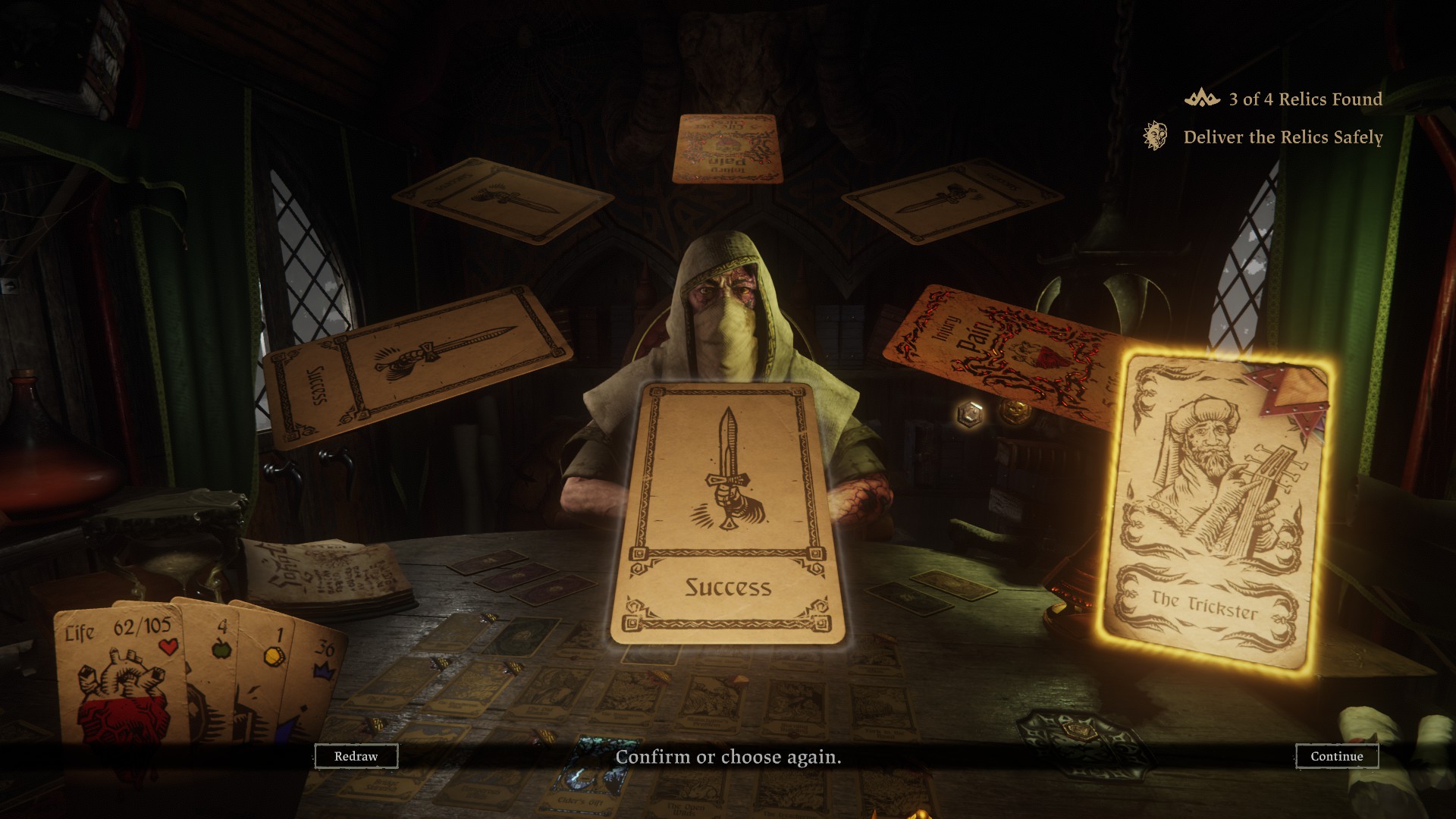
There's also one other slight disappointment, which is that the Dealer still doesn't feel quite as an active part of the game as he could. In fact, if anything he feels even less involved than in the first Hand of Fate, only chipping in every now and then with a remark about your progress, or at set points to provide a little exposition on the back-story. Defiant clearly wants him to feel mysterious and aloof to lend the sense that the game he is playing is not the same one that you are. But the result is his presence is often overshadowed by the game himself. I'd like him to be more evidently part of the game that you're playing, rather than just the master of it.
Aside from that, and some lingering quibbles about the combat, Hand of Fate 2 delivers an enjoyably expanded and far better structured version of Defiant's card-game RPG mashup, and its virtual tabletop provides a fresh and unique spin on a gaming genre that's almost as old as the medium itself.
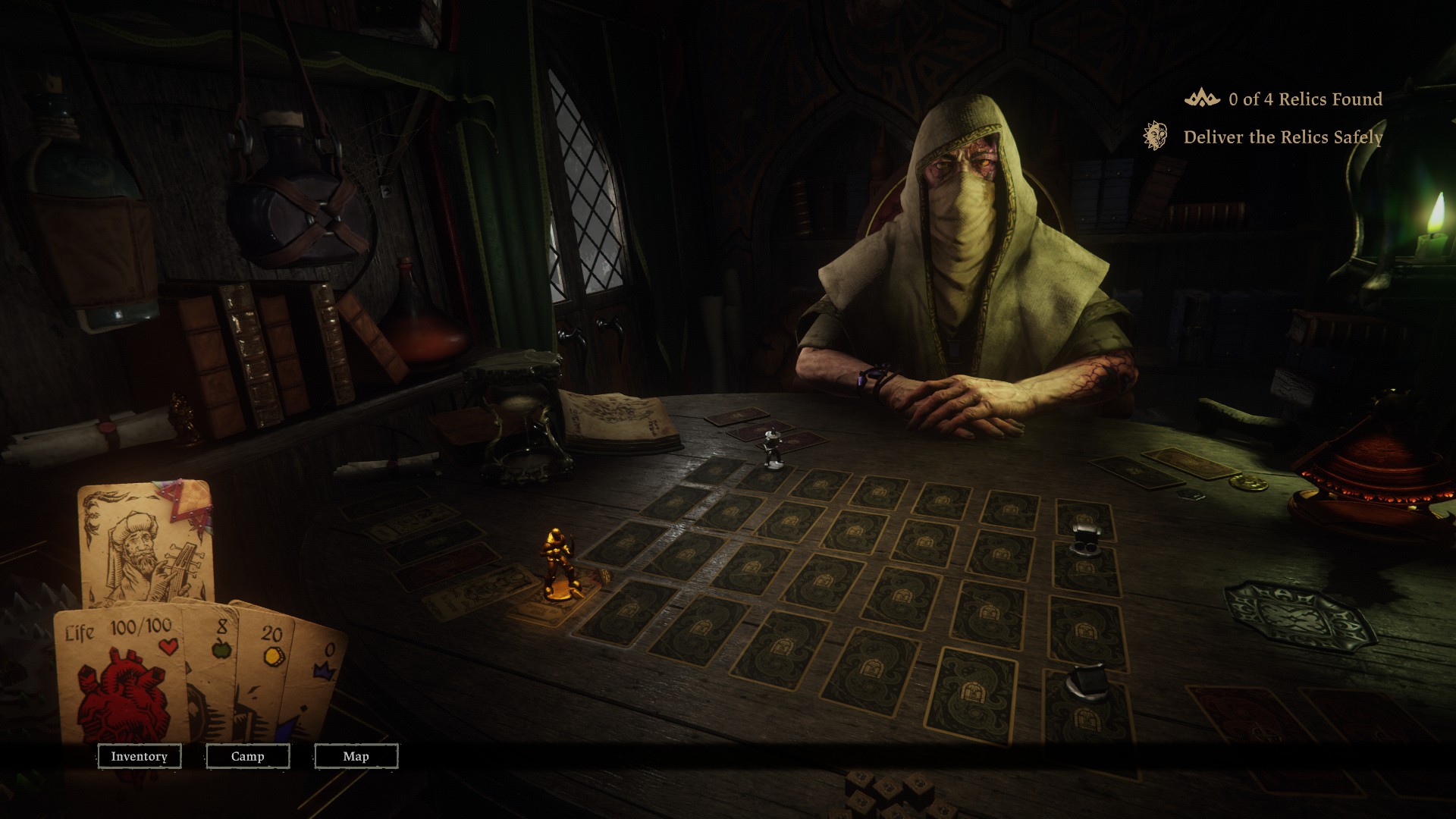


MSI MPG Velox 100R Chassis Review
October 14 2021 | 15:04

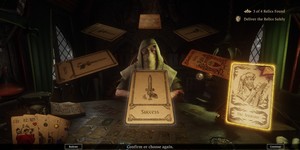





Want to comment? Please log in.